
There are places we visit that never grow old. We, on the other hand, have grown older between each successive visit, with our knees and backs sure to remind us should we forget. While we gauge the change in ourselves by looking in the mirror, we calculate the change to cities by what businesses have gone away and what new ones might have opened in their wake. We occasionally see changes to forests and coastlines as Oregon is a state that allows clear-cutting of its wildlands, and nature will do what it will with the shoreline. The Haystack at Cannon Beach is a constant unchanging reminder of where we are; it is also effective at hiding its age. Cannon Beach in this respect, remains timeless to us.
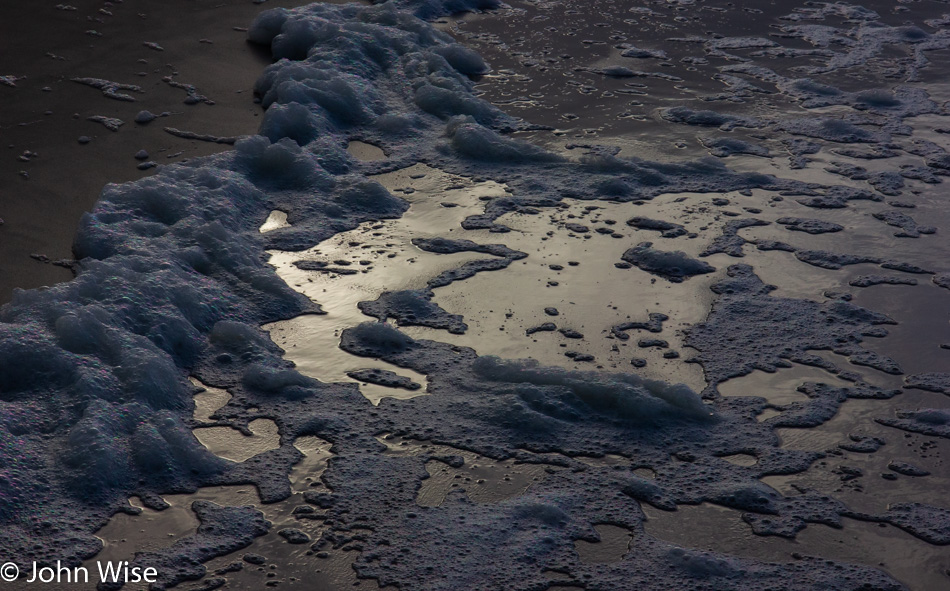
Excuse my poor metaphor, but it is as though the foam of wealth washes over this enclave, keeping its prosperity and quaintness alive and fresh. There is many a community along this coast where poverty is gnawing at the edges, and the accumulation of detritus appears as an open sore on a once-thriving small town that has grown stale. The ocean along the entirety of the western edge of Oregon gives no mind to the goings-on of our economic plight and remains persistent in its gentle and sometimes aggressive lashings of the land it crashes into. On this border of the two worlds of land and sea, Caroline and I walk along, hugging the shoreline where my wife collects bits and pieces of discarded plastic convenience from the sand, hopefully sparing a bird or fish from gobbling it up. If only the foam of knowledge could wash over all of us to pick up and clear away the trash that not only fouls the view but our minds along with it.
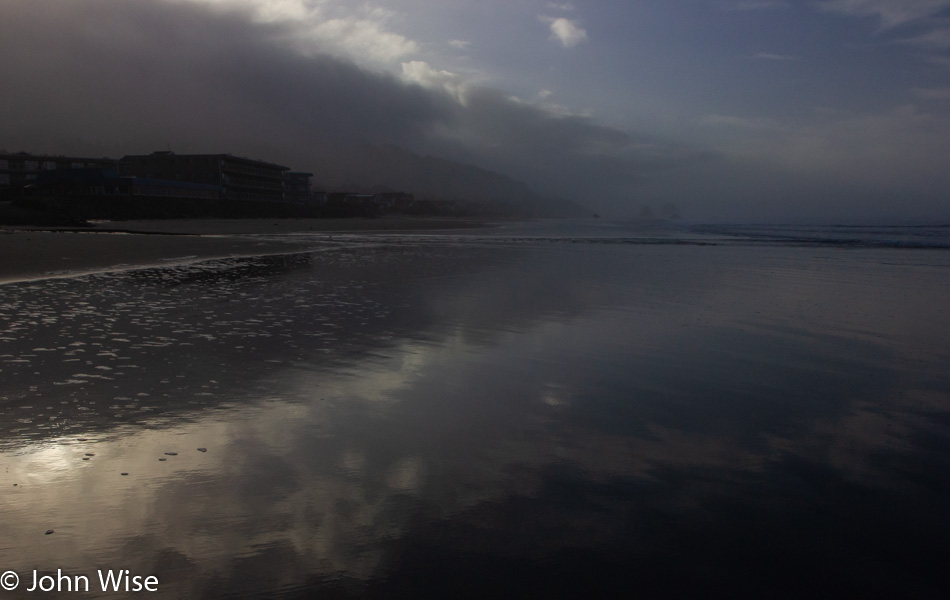
While we’ve been out on this coastal sojourn, we are hearing grumbles of changes afoot in Astoria up near the mouth of the Columbia River. It turns out that Portlanders are gentrifying that town. Instead of embracing the dawn of what hopefully will be a positive change, the locals are lamenting perceived social changes and the springing up of businesses that cater to hipsters. Just as lumber and forestry products made Coos Bay and idle wealth helped Cannon Beach flourish, those changes likely altered the character of what had been there before, if anything. The ocean of time must crash into these communities and, in some way, wash them clean as they are dying with the decay from those afraid of an uncertain future.

Here in the forest, the symbiosis of existence is plain to see, with the new growing healthily upon the old. Sometimes, humans believe that the slate must be wiped clean so we can move in later to plant anew, allowing the destroyed habitat to rebuild itself with our help. The Oregon coastal communities themselves need to be clear-cut. There is a great opportunity to live along this beautiful shore, but the amenities that would foster a dynamic economy have not happened here and require fresh planting and investment. Why is the coast of Oregon so neglected? Some might argue it is perfect, and I certainly love how quiet and relatively uninhabited it is, but without people earning enough to support livelihoods and families, the small businesses along the coast will cease to operate, and the death spiral of economic collapse will take hold.

So there’s a conundrum between new and old thinking where those who’ve been here or visited frequently and like things the way they are might be in conflict with the reality that without renewal and greater opportunity, those who could plant the financial seeds may never arrive. Weed stores are hardly the solution, though they might help dull the pain of change and or stagnation. Places like Jacobsen’s Salt Works and Oregon Coast Wasabi, along with some of the breweries, cheese makers, fish smokers, bed and breakfasts, and restaurants, are a large part of the needed change, but they are not stacked in a central location nor are they marketed as part of a destination trip.

Imagine a coastal journey that started on one end or the other of the Oregon coast and brought visitors in for a complete sensory experience. Live music, bookstores, cooking retreats, kayaking, glass making, horseback riding, beach walks, tide pooling, photography workshops, forest hikes, and more biking trails that didn’t force the riders onto the busy Highway 101. These would all make for experiential outposts that could be planned for along the route and bring the visitor into a true adventure that they could invest a couple of weeks accomplishing. I believe these types of semi-structured journeys are the future of travel and would allow regions like the Oregon coast to compete with places like Venice in Europe.
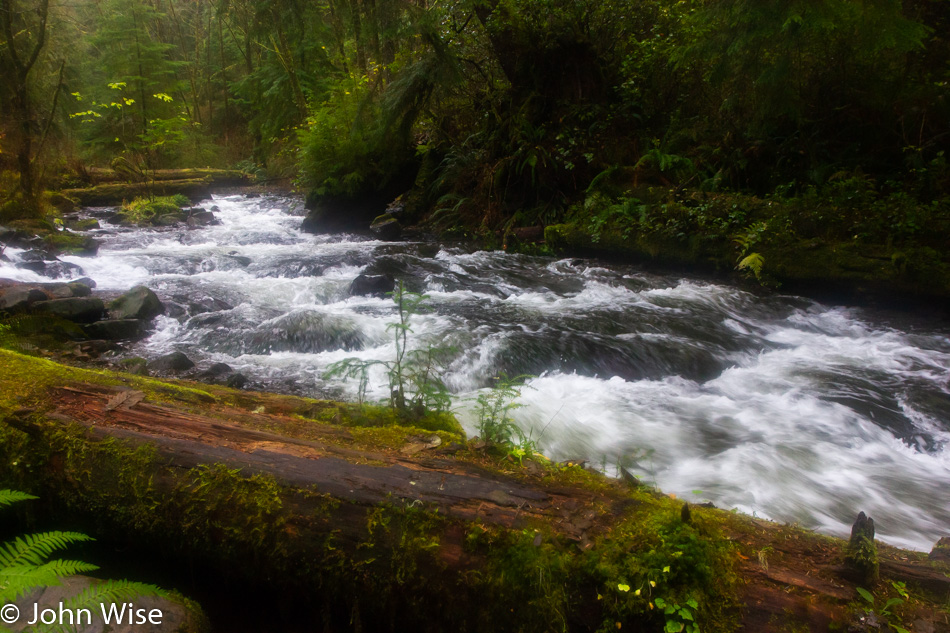
Ultimately, overly popular locations around the world will have to go to a lottery-type system or price visits so high as to discourage people of lesser means from being able to afford to see these magical places in person. This is not necessarily a bad thing, as overcrowding puts a strain on resources and often harms the very environment we are trying to best appreciate. The dialog of how this evolves will be fraught with arguments of classism, but with greater wealth distribution, the potential for overwhelming numbers of visitors becomes a distinct possibility.

Take, for example, the year I was born, 1963, when 1.5 million people visited Grand Canyon National Park. Today, that number is over 6 million per year. So what happens if the current visitor trends were to continue in the next years? In about a dozen years there will be between 13-15 million people vying for a spot along the canyon rim to look into its vastness. Maybe that won’t be horrible, but what then in 20 years if we approach 25 million visitors? The point is there’s going to come a time when some type of restrictions will have to be established. For example, in May 2009 we visited the White House in Washington D.C. and were just a few of the 100,000 people to visit that month. Two decades before, the White House welcomed about 180,000 visitors per month, but that number was scaled back and has never returned. This means that in my lifetime a little more than twice the population of California will be able to visit the White House, to the exclusion of anyone else that may want to walk in this historic presidential home.
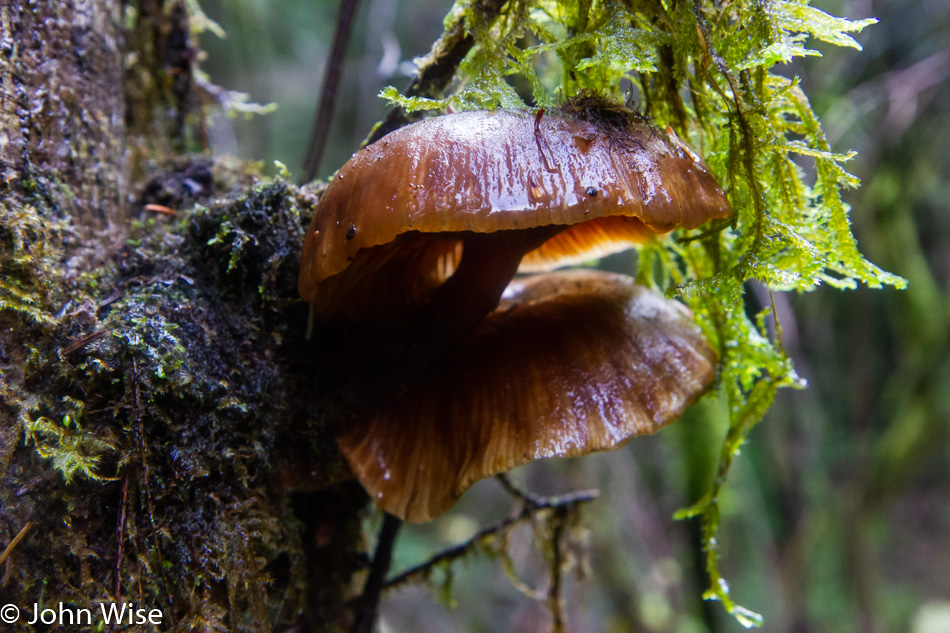
While there’s certainly a mystique walking in the halls of the White House or an incredible sense of history to be experienced while in Florence, Italy, there are also opportunities to discover wild cascades, random places where mushrooms grow, newts crawling across forest floors, or spiny cactus sentinels standing guard over desiccated desert landscapes. These places are largely devoid of visitors, and while that suits Caroline and me perfectly for the solitude we are able to experience, there’s also the need for these locations to be appreciated so their economic value as attractions is appealing to governing localities that protect their assets. Without an appreciation for the remote wilds of land, it isn’t long before industrial interests set their sights on upsetting the natural balance and potentially destroying what natural beauty had been there.
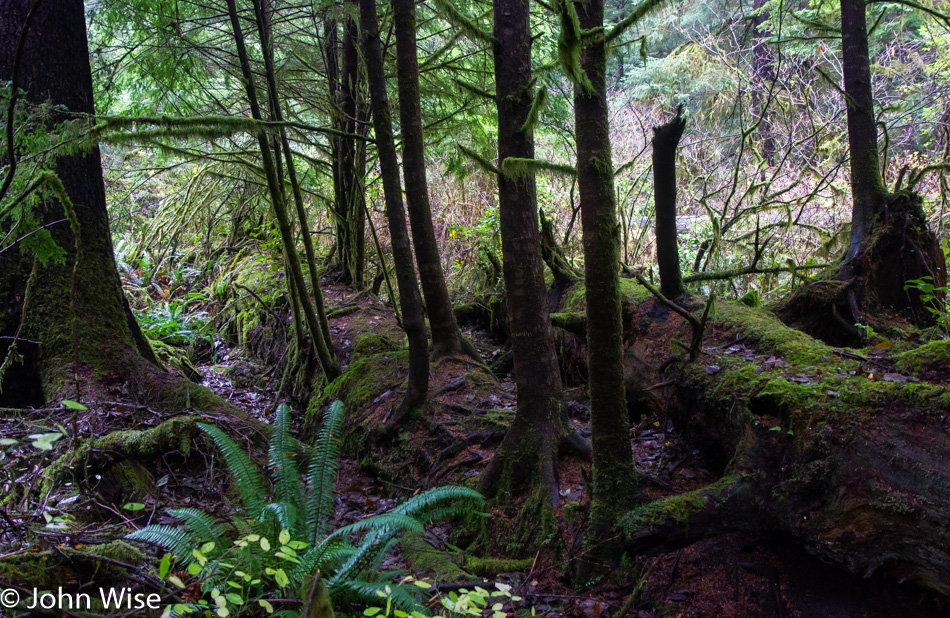
We humans cannot build a forest as nature can; we cannot construct mountains or assemble oceans and yet we have no compunction in spoiling them. These systems are what brought us to our current state of being as a species and for the majority of history, we were not able to interfere with their stability or health. While we’ve certainly wiped out forests, thus changing our well-being in relatively small geographic regions, we have been relatively benign, that is, until the last few hundred years. We have the knowledge but not the wherewithal to respect the balance of our planet. For the past 100 years, it has been a small cadre of stewards who have taken on the role of being the voice of reason; this is not tenable for a positive future. The voice of reason has approached a critical juncture where it must act to overwhelm our destructive tendencies and self-inflicted wounds from denigrating the environmentalists and intellectuals who have been working diligently to protect us from our worst inclinations.
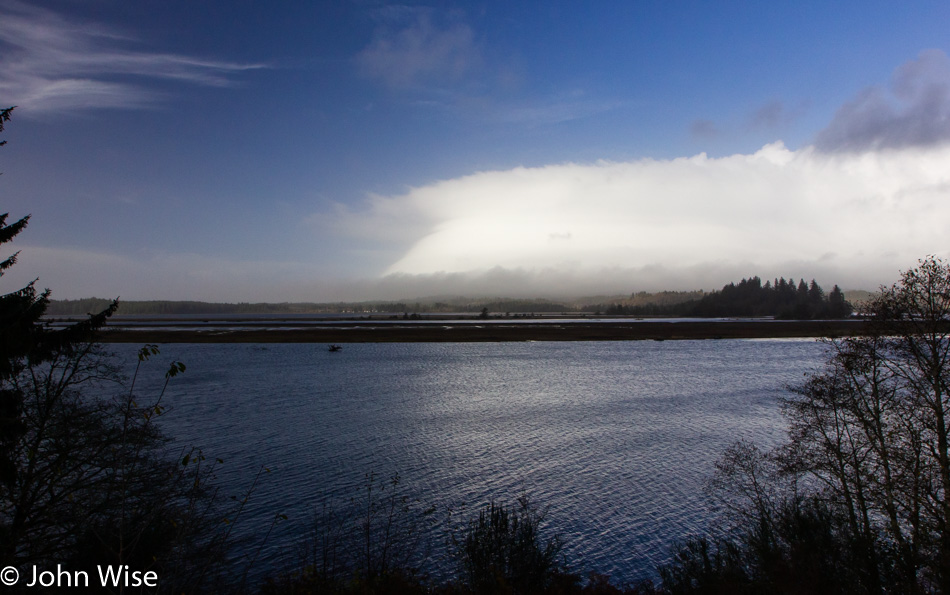
Just as we hope the sun will rise with the new day, we must also hope the sky clears along with the fog that has shrouded people’s minds regarding the ransacking of a world that is also responsible for sustaining us. This is not just about beautiful vistas for those of us lucky enough to visit them and witness their magic firsthand; it is about the underlying symbiotic relationship that shows us that a dead system supports nothing of any value. Look to Mars and the Moon for proof that grass doesn’t grow and water doesn’t flow in an environment hostile to the propagation of life.

The magic of life is all around us, but here in our modern age, we are more interested in the second-rate antics of pseudo-celebrities who have a shtick of absurdity that has proven popular among the under-educated. Nature, knowledge, and nurturing relationships have taken the backseat in order for us to not look too deeply at our own shallowness. This, in my mind, begs the question: what possible purpose are we then serving here on our planet? I, for one, cannot be happy being part of a giant nothing. I am not only an observer. I want to participate. I need to know that my mind and my efforts in life were for some positive movement forward of our species and the hopeful betterment of our earth.
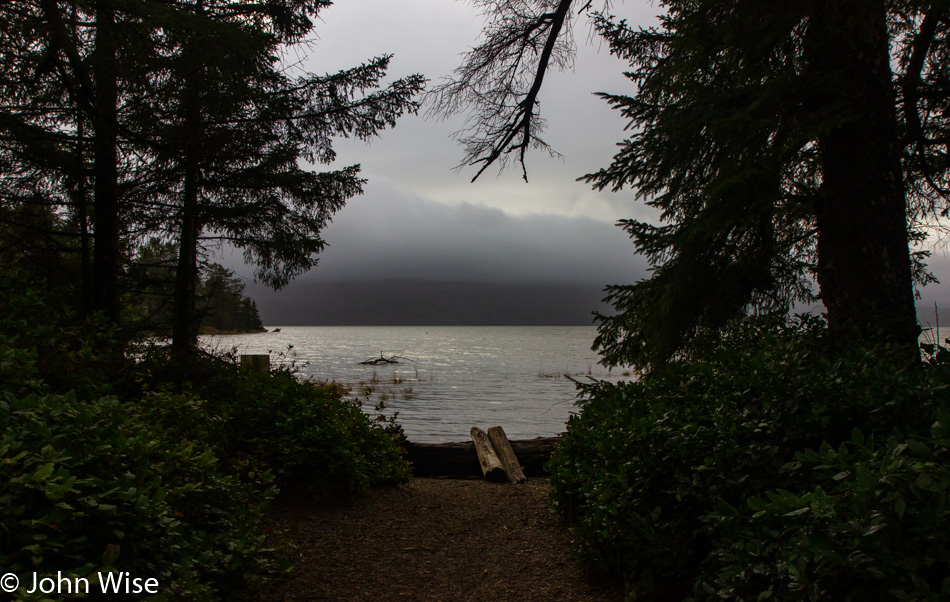
Our personal window of opportunity is a relatively brief 80 years or so, give or take a decade or two. If more of us were helping others pull out their roots of stagnation and encouraged them to jump into the waters of active living, to adopt crafts, languages, and the skills that would make themselves more interesting to not only their own perception but to their family and community too, we’d possibly accelerate human progress and ability to share a greater quality of life with more people across our planet.

How might we begin this journey? I think it could be as easy as taking a vacation with the mindset that everything one encounters is perfect. Do not rely on guided mass-market expeditions where you join 8,000 others on a cruise ship or get on a crowded bus where you have 12 seconds at 1,000 locations to be rushed through a place. Take a slow walk somewhere you are unfamiliar, do not carry old, well-worn biases where you dismiss the unknown, and keep an open mind that you are a discoverer on a quest to inform those back home of the amazing encounters you had.
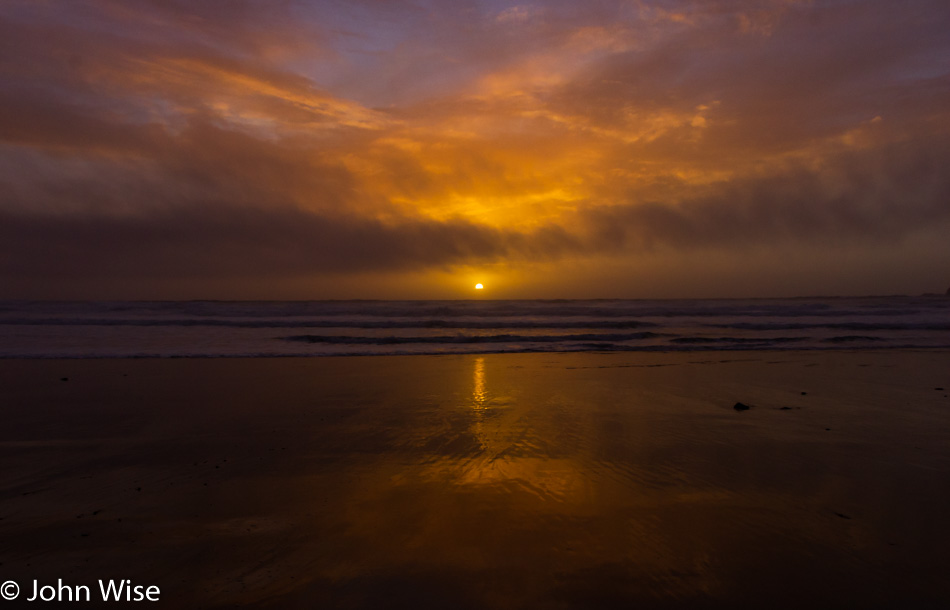
At the end of our road, at the end of our personal journey, do we find yet another extraordinary sunset that allows us to bask in a life well-lived, or do we reconcile ourselves that we did the best we could while not actually trying to do much at all? Each and every setting sun I witness is the greatest I’ve ever laid eyes upon, while every rising sun casts the potential to find greater enlightenment of what might otherwise be a dull life if my attitude were any less determined to embrace opportunities. The world is not dismal; it need not be rife with fear. We cannot continue to blame others for our own poor outlook when the only thing between us and happiness is our own closed eyes and minds. Nothing may be perfect, but maybe if we worked on making our own attitudes a little more positive, we might see the glimmer of hope on the horizon.